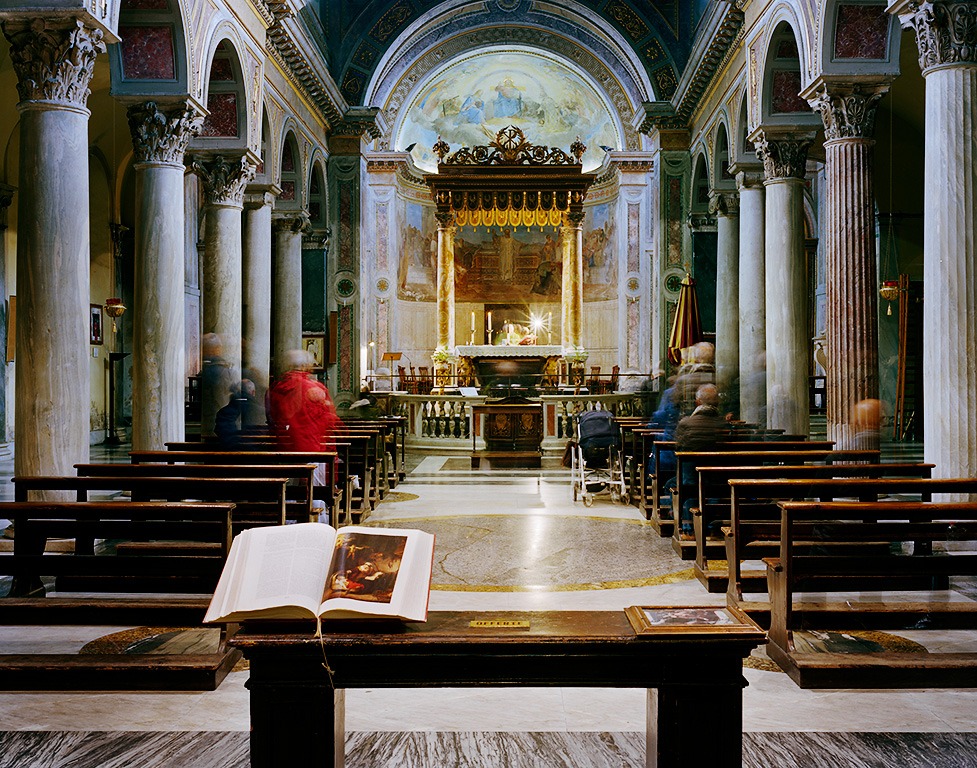The Getty Foundation is doing its part to preserve the legacy of modern architecture – and expand the base of knowledge about 20th-century material use.
Earlier this month, the foundation announced its first 10 grants aimed at respected modern masterpieces.
The recipients of Keeping It Modern read like a veritable Who’s Who from the 20th century:
Among them are Jørn Utzon’s Sydney Opera House, Hilario Candela’s Miami Marine Stadium, Louis Kahn’s Salk Institute for Biological Studies, Alvar Aalto’s Paimio Sanatorium, Frank Lloyd Wright’s Robie House, Ray and Charles Eameses’ residence ‘The Eames House,’ I.M. Pei’s Luce Memorial Chapel, Max Berg’s Centennial Hall in Wrocław, Poland, Dov Karmi’s Max Liebling House in the White City of Tel Aviv, Israel, and Le Corbusier’s apartment and studio in Paris, France.
This is about more than conservation, says Deborah Marrow, director of the foundation.
“They’re all focused on research,” she says. “For example, concrete – what happens to it under conditions of aging?
Or in the case of Miami Marine Stadium, out of use for four decades and covered in graffiti, some of it now recognized as important in its own right?
“It’s a another art form, and there’s a living architect who’s enthusiastic about it,” she says.
Because 2014 is the first year for Keeping It Modern, the foundation invited a number of projects to apply for grants ranging from $50,000 to $200,000. That will change next year, though.
“Next year we’ll have an open competition,” she says. “We wanted the first year to be by invitation, to show what we were looking for: great buildings with conservation problems so the answers can be shared.”
Ten is not a fixed number, either. “It depends on how many good applications there are and how much they need to do the job,” she says. “If they’re really expensive, we’d be able to do fewer.”
Two of this year’s grants (Eames and Salk) were for conservation purposes, but most are for planning. The idea is to increase the base of knowledge for conservators and stewards, and to emphasize the need for careful research before jumping in and intervening.
It’s a thoughtful approach aimed at saving the best of the modernist legacy, over time.
[slideshow id=1296]


